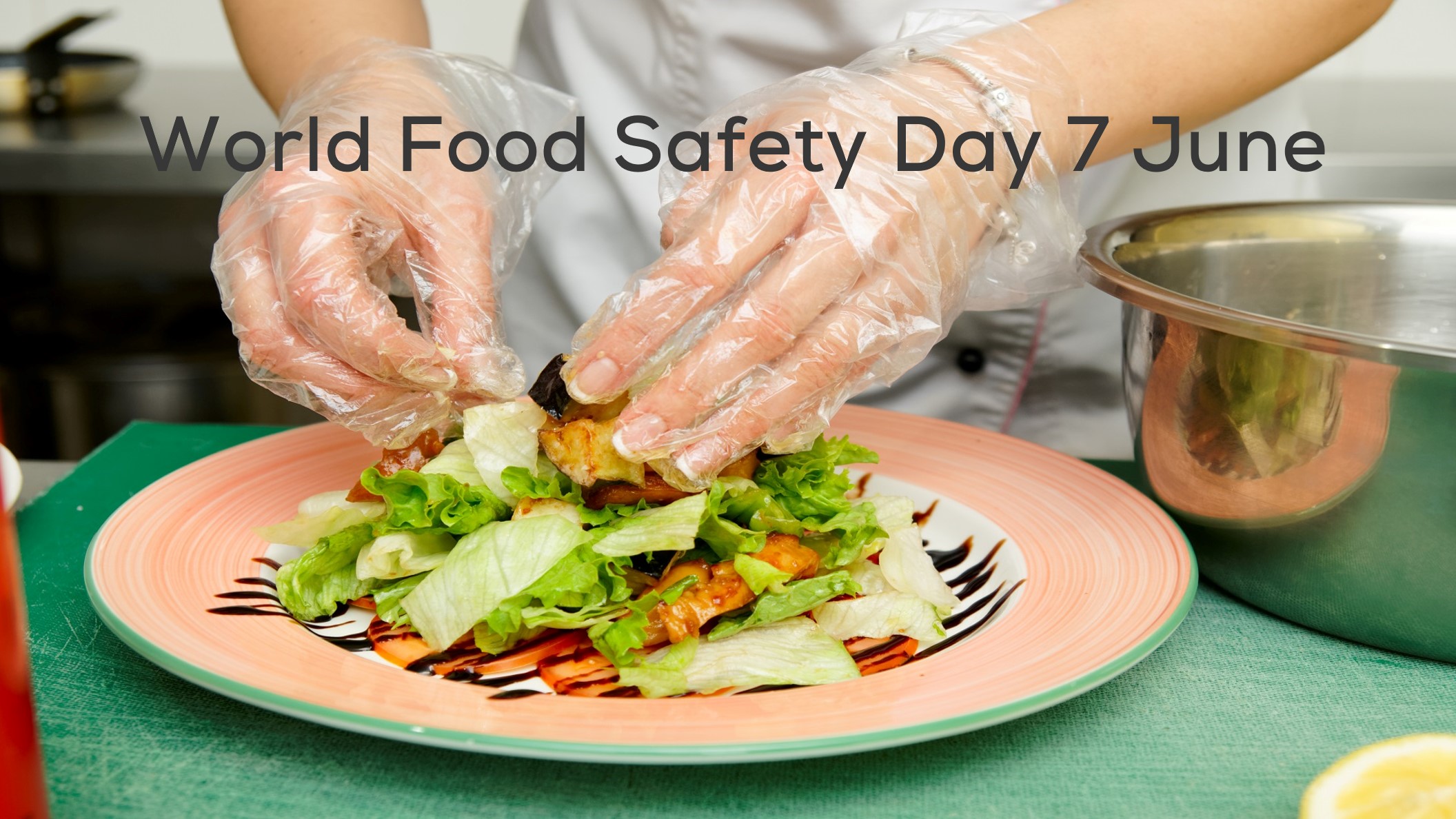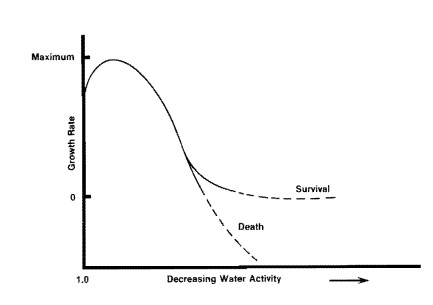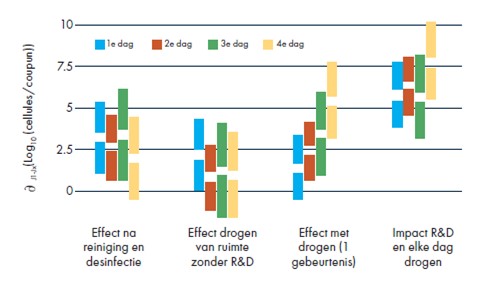Při odesílání zprávy došlo k chybě, opakujte akci později.
Oblast obchod
Přihlásit
Odvětví
-
Zemědělství
- Automobilovém
- Battery
- Zpracování chemikálií
-
Komerční a veřejné budovy
- Stavebnictví
- Data centers
-
Obrana a letecký průmysl
-
Elektronika
-
Potravin a Nápojů
- Všeobecný průmysl/výroba:
-
Skleníky
-
Zdravotní péče
- Ropa, plyn a nafta
- Farmaceutický průmysl
-
Výroba a distribuce elektrické energie
- Celulóza, papír a tisk
-
Rekreace a volný čas
-
Maloobchod a supermarkety
-
Stavba lodí a námořní průmysl
- Ocelářský průmysl
-
Skladování, konzervace a archívy
- Temporary Structures
- Voda a odpadní voda
Řešení
- Systémy pro tepelnou pohodu v budovách
- Cold storage
- Kombinace teploty a vlhkosti
-
Chlazení
-
Data center cooling
- Odvlhčování
-
Drying Rooms
- Rekuperace energie
-
Farm-management
- Vytápění
-
Zvlhčování
-
Mist Elimination and Gas Liquid Separation
- Odlučování mlhy
- Regulace znečištění a snižování emisí VOC
- Spray drying
-
Ventilace
- Servis
- Vzsoká teplota
-
Mass Transfer
- Air Cleaners for Agriculture
- Climate and Irrigation Controllers for Agriculture
- Heat Exchangers
- Chladiče & Zvlhčovače
- Kombinace řízení teploty & vlhkosti
- Mass Transfer
- Odlučovače
- Odvlhčovací jednotky pro průmyslové a komerční použití
- Ohřívače
- Prvky pro přívod a odvod vzduchu
- Regulace znečištění & odstraňování těkavých organických sloučenin (VOC)
- Ventilátory & světelné filtry



